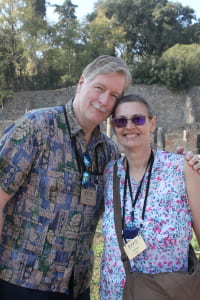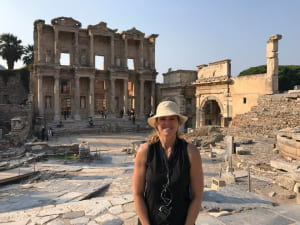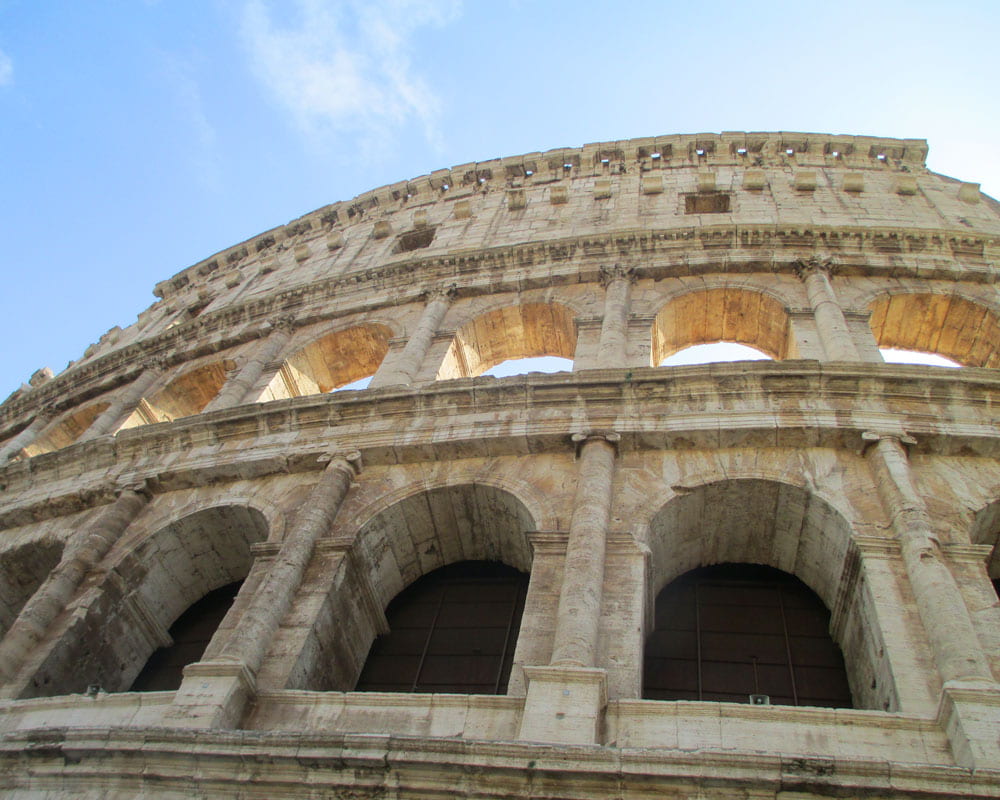
After his conversion, the apostle Paul traveled more than 10,000 miles proclaiming the Gospel, journeying via Roman roads and by sea, through present-day Israel, Syria, Turkey and Greece. In recent months, two faculty members have taken to the road – both retracing portions of Paul’s travels (and likely a bit more comfortably!)
Craig C. Hill, Dean and Professor of New Testament at Perkins, led a group of laypeople on a cruise, “Journeys of Paul,” with 12 days in Greece, Italy and Malta aboard Royal Caribbean’s Jewel of the Seas. The group sailed from Civitavecchia, the port of Rome, with stops in Taomina, Italy; Valletta, Malta; Pompeii, Italy; Athens, Greece; Corinth, Greece; and the Greek islands of Mykonos and Santorini. Hill lectured regularly on Paul to a group of about 200 fellow travelers, many from the Dallas area.
“I have taught about Paul and the Pauline epistles for decades, but never in places where Paul himself taught and wrote,” he said. “It brought the apostle to life in new ways.”

The Reverend Dr. Jaime Clark-Soles, Professor of New Testament and Altshuler Distinguished Teaching Professor, traveled on a 14-day trip through Turkey and Greece along with 18 members of Canyon Creek Presbyterian Church in Richardson. The trip was co-hosted by Perkins alum Ellen Dittman (M.Div. ’12), who serves as Associate Pastor of Congregational Care at the church.
“We followed the journeys of Paul and also some of the places mentioned in the book of Revelation: Pergamum, Smyrna, Laodicea,” she said. “We saw the hill that Colossae is on but could not go directly to it, as it’s not yet excavated.”
A favorite stop was “the unbelievably amazing site” of Ephesus, which is crucial for the New Testament, since Paul was there for a long time. “Paul’s own letters and the book of Acts show what an important site that was,” she said. “But the site I found most moving was in Philippi, where Lydia used to gather with a group of women to pray. Here she met Paul and was baptized.” (Acts 16:11-15; 40)
Clark-Soles added that Turkey is known as “the rest of the Holy Land” or “the other Holy Land” because Christianity spread there very quickly.
“It became central to the growth of the church,” she said. “Note how many ecumenical councils occurred there!”
